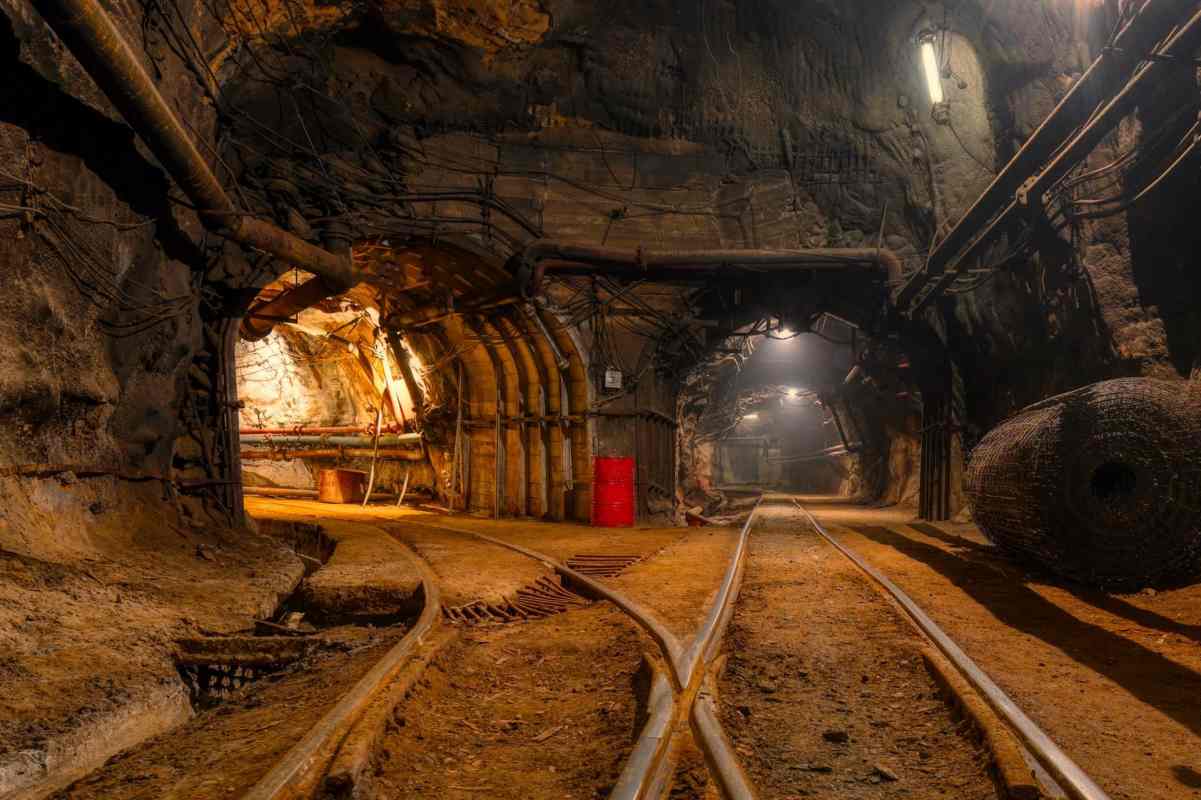University of Oxford researcher Hannah Ritchie hears one particular argument against renewable energy a lot: "Moving to low-carbon energy means digging millions of [tons] of minerals out of the Earth."
She's heard it so much that she decided to research how mining for clean energy minerals like lithium, cobalt, and copper compares to mining for dirty energy substances like coal, oil, and natural gas — and the results are shocking.
In a recent entry on her Substack "Sustainability by numbers," Ritchie explains that the amount of current mining for dirty energy sources dwarfs the amount of mining necessary to obtain raw materials for clean energy sources.
Ritchie uses data from the International Energy Agency (IEA), the U.S. Energy Information Administration (EIA), and oil giant British Petroleum (BP) to show that the world mines roughly 16.5 billion tons of coal, oil, and natural gas every year. This quantity is orders of magnitude higher than the amount of minerals the world currently mines for low-carbon technology, which is only about 7.7 million tons per year.
"We need to dig up millions of tonnes of minerals for clean energy".
— Hannah Ritchie (@_HannahRitchie) January 18, 2023
Sounds big.
Except we're digging billions of tonnes of fossil fuels out every year. That's what we're trying to replace.
My latest Substack: https://t.co/3vMS11kAbz pic.twitter.com/kPp8WG4b2O
What's more, Ritchie points out that, in order to meet the International Energy Agency's mineral requirements for clean energy transitions, the world will still only have to mine about 30 million tons a year by 2040.
"At its fastest rate of deployment," Ritchie writes, "mining quantities for low-carbon energy will be 500 to 1000 times less than current fossil fuel production."
Ritchie acknowledges that the amount of mining necessary for clean energy technologies is not trivial and that the 30 million tons figure comes from the IEA's "sustainable development scenario," which "assumes a fast deployment of low-carbon energy."
However, she notes that a large amount of dirty energy mining is necessary every year to continue to operate dirty technologies — representing what she calls "running costs" — while clean energy mining is only necessary for initial construction, representing "capital costs."
For low-carbon technologies, she writes, "we won't maintain these big numbers forever: it will be a temporary scale-up if we develop affordable methods of recycling them."
Ritchie believes that we will find affordable means of recycling the raw materials necessary for clean energy and that what we save by preventing climate-altering pollution will be worth the initial mining of several million tons.
"That's a lot of stuff to be digging out of the Earth," she writes. "Until we compare it to what we're moving away from: fossil fuels."
Join our free newsletter for weekly updates on the coolest innovations improving our lives and saving our planet.









